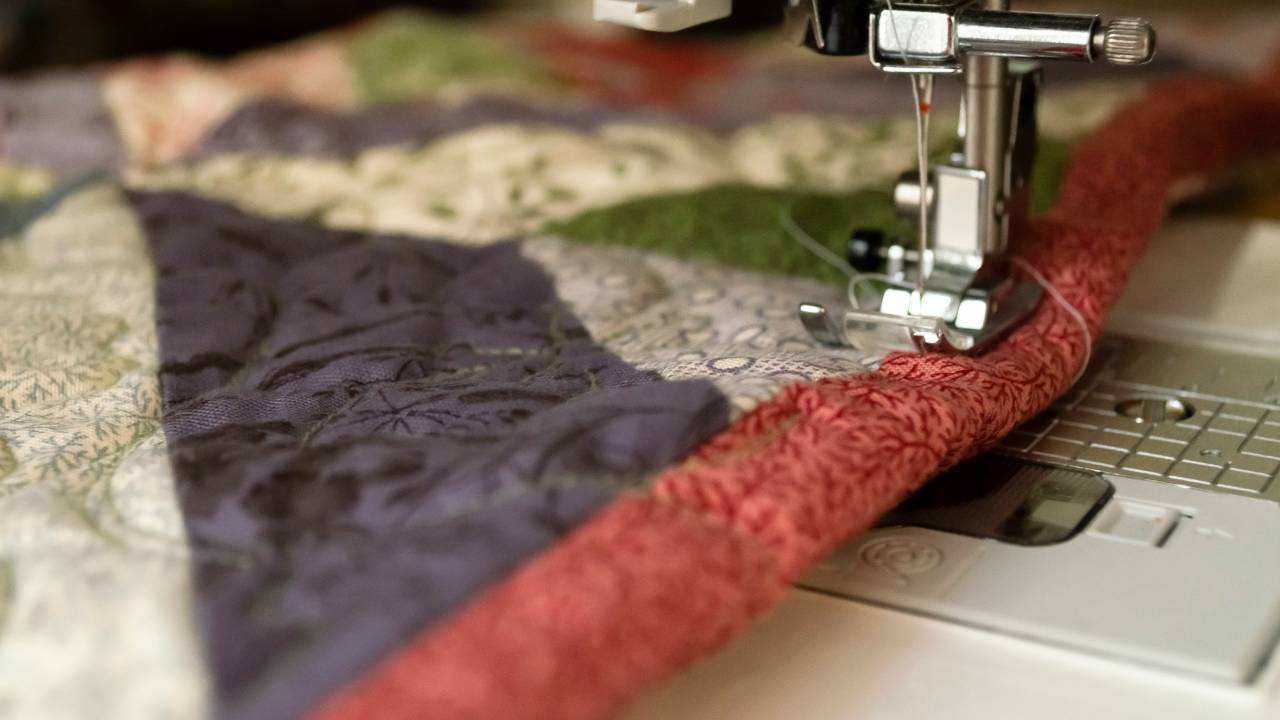Sewing Your Grants Quilt
Mar 31, 2025
By Laura Chynoweth, CEO of Granted
I talk to a lot of nonprofits who are new to the world of grants, and a misconception that many of them have in common is an assumption that there must be a 1:1 relationship between a program and a grant that funds it. In other words, they think that a program can only be supported by one grant at a time. Lucky for them, this is a myth! I encourage nonprofits to, instead, look at their grants as the squares making up a quilt of diverse textures and colors.
While securing a large grant that covers all program costs would certainly be a game-changer for many nonprofits, it's not always the best (or most realistic) path to securing financial support. In fact, pursuing multiple smaller grants can be just as effective, if not more so, in achieving your fundraising goals.
Here are some reasons why it's okay (and often beneficial) to go after several small grants instead of pinning all your hopes on one large grant:
1. Diversification Reduces Risk.
Relying on a single large grant for your entire fundraising goal can be risky. What if the grant you’re counting on doesn’t come through? Or, what if the timeline for approval drags out, leaving you in a funding gap? By spreading your efforts across multiple smaller grants, you decrease the chances of a total loss. If one grant falls through, you still have others in the pipeline.
This approach helps balance your funding strategy, ensuring that setbacks with one donor or funder won’t derail your entire project. Think of it as spreading the risk, much like diversifying investments—the more sources you have, the less vulnerable you are to financial uncertainty.
2. Increased Chances of Success
Each grant application has its own set of criteria, and no matter how well-prepared you are, you may not be the best fit for every opportunity. If you focus all your efforts on just one large grant, and it doesn’t align with your project or mission, you could end up wasting valuable time. On the other hand, applying for several smaller grants increases the odds that at least some of them will align perfectly with your goals and priorities, improving your overall chances of success.
Furthermore, funders often like to see that a project has multiple sources of funding. A project that is partially funded by various donors (even if smaller amounts) may look more credible or well-supported than one that is solely reliant on a single large donor.
3. Building Stronger Relationships
Pursuing small grants can allow you to build and nurture relationships with a broader range of funders. Small foundations, corporations, and community donors often have more flexible grant programs and may be more willing to engage in long-term partnerships. If you’re successful with a small grant, these funders may be willing to provide additional funding in the future or help you connect with other potential supporters.
Additionally, the process of applying for multiple grants can help you refine your pitch, get feedback, and adjust your approach for future applications. Over time, you may find that smaller funders are more open to dialogue than larger ones, making it easier to get future grants from the former.
4. Flexibility and Adaptability
Smaller grants often have less stringent requirements and are frequently more flexible in their definitions of allowable uses of funds than their larger counterparts, which can be an advantage if your project’s needs change over time. For example, a small grant might allow you to pivot your approach or cover unanticipated expenses without as many restrictions as larger, more rigidly structured grants might impose. This flexibility can be essential when you’re working on an evolving project.
Plus, the nature of small grants often means you can use them to fund specific aspects of your project, rather than covering everything at once. This allows you to allocate funds where they're most needed, whether it’s for operations, materials, or outreach.
5. Greater Visibility and Networking
By applying for multiple small grants, you increase the visibility of your project within different circles of funding organizations. The more applications you send out, the more opportunities you have to network with funders, learn about new funding opportunities, and become known within certain grantmaking communities. Each grant application could also help you fine-tune your proposal writing skills, ultimately leading to stronger submissions and greater confidence in future applications.
Additionally, funders often know each other and talk. By establishing connections with multiple organizations, you broaden your potential for future support across different networks.
6. Easier-to-Meet Milestones
With several small grants, you have the flexibility to meet small, incremental milestones along the way. This allows you to report back to your funders on your progress, which can build trust and demonstrate the impact of their contributions. It also helps you avoid getting overwhelmed by a single, large funding deadline or reporting requirement. Small grants often come with shorter timelines and fewer reporting requirements than larger grants, making it easier to stay on top of each commitment and maintain relationships with funders.
7. A Stepping Stone for Larger Grants
The process of applying for small grants can serve as a stepping stone for eventually securing larger grants. By successfully obtaining small funding amounts, you can demonstrate your project’s credibility, capacity, and impact, which can make your organization more attractive to larger funders down the road. The success and experience gained from securing small grants will give you more confidence when approaching big foundations or government funding programs, increasing your chances of a significant award.
Let’s recap.
Display your grants quilt proudly! While it’s understandable for nonprofits to aim for a big, transformative grant, it’s important to recognize that smaller grants can also play a vital role in your overall fundraising strategy. Applying for several small grants might be the key to achieving your financial goals while reducing risk and fostering long-term sustainability for your project.

